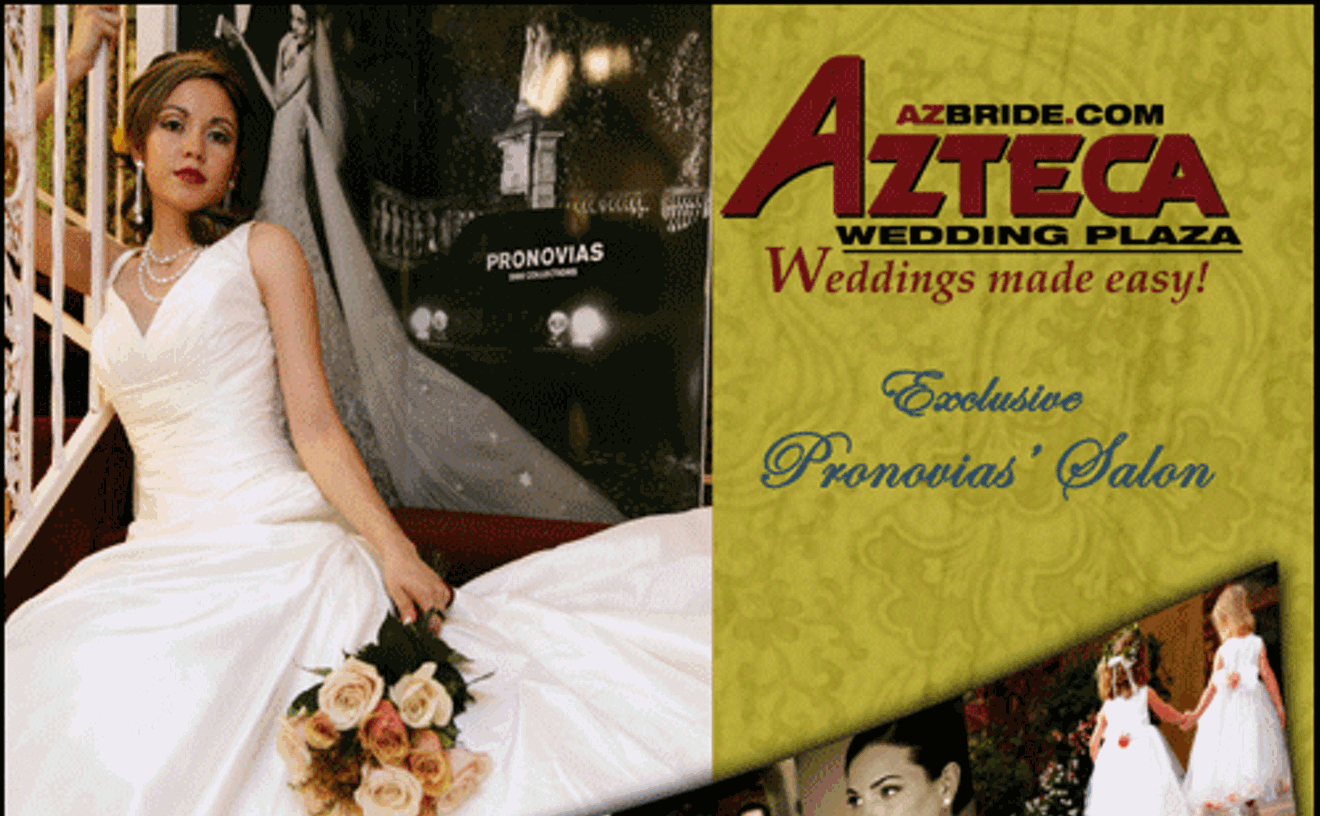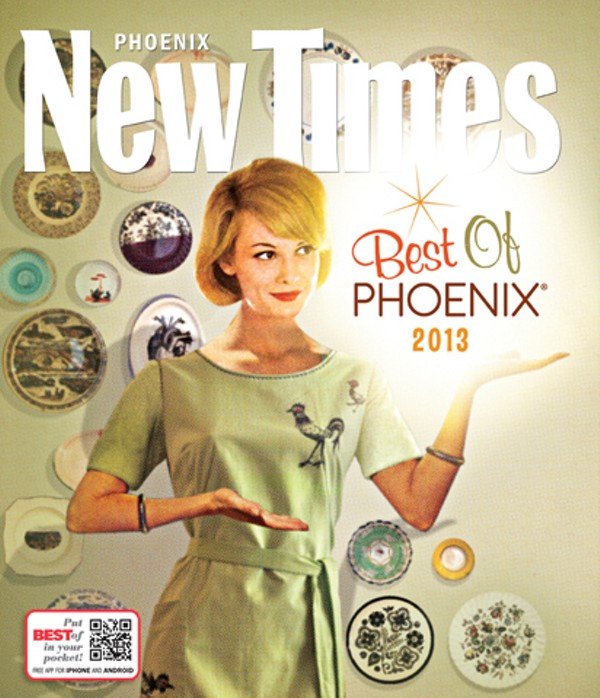She looked like an Indian princess. Tiny and dark, with huge, sad eyes that filled up her face, like a kid in a Keane painting. I was 6 years old, so it was easy for me to imagine her riding atop a big, bejeweled elephant.
Teresa Amelia Gomez was my first Mexican. Somehow, even though my family had settled on the west side, only a hundred yards from the Glendale border, I'd never met one before. I wondered: Did everyone from Mexico carry themselves with such regal bearing? Did all the girls from south of the border line their eyes with kohl and speak in tiny, hushed voices? I didn't care. Terry did, and — because she had married one of my brothers — she was my sister now.
Listen to Robrt Pela's podcast "My First Mexican" here.
Her timing was good. It was the Summer of Love, and my real sister had recently, as my father liked to say, "run off with a ditch digger. " I needed a new sister, and I got one who listened to me when I spoke, loved cats, and owned a wiglet. Terry was a superb visual artist and had flawless taste in music. When I loaned her my stack of Archies 45s, she told me she'd listened to each of them and liked them all. I knew she was just being nice, but it didn't matter. When she lied to me, it sounded like "Te amo."
My mother, usually slow to warm to people, was charmed by her new daughter-in-law. Terry taught Mom to make enchiladas and refried beans and quesadillas — strange, wonderful foods that no one I knew had ever even heard of before. And Mom, who didn't approve of house pets or guests who brought food to her dinner parties, only smiled when Terry arrived at our house on Christmas Eve with a mynah bird and seven dozen tamales. Terry was exotic.
More important, she didn't treat me like a little kid. She loaned me collections of short stories by Edgar Allan Poe and dime novels about extraterrestrials. She didn't laugh at me for wearing tie-dye and braided headbands and candy necklaces. Terry was the only grownup who saw what I saw when I looked in the mirror: a hippie who happened to also be in the first grade.
I saw less of Terry after my brother left her for the drug-addicted cocktail waitress who lived across the street, but she never abandoned me. She sent handmade Christmas cards and turned up at my high school graduation. I knew Terry was out there, somewhere, even if she couldn't join us for Christmas Eve dinner anymore.
She came to my art gallery the other night. At one point, we sat together on a bench, staring up at a complicated trio of abstract paintings I was especially proud to be showing. We gazed at the paintings for a long time without saying a word, and I thought, This is going to be one of those moments where Terry says something I never, ever forget. I was right. After awhile, Terry leaned slowly toward me and, without taking her eyes off the paintings, whispered, "No comprende."
I nearly levitated with joy.
Later that night, I asked her what it was like, marrying into my family all those years ago.
"I'd never met anyone like you guys," she said, a trace of wonderment still in her voice. "Italian people from Ohio! Your mom had a lace tablecloth, and everyone ate dinner together at the same time, and there were two dining rooms."
"Well, one was for company," I reminded her. "You were always so nice to me, even when I was pretending to be a 6-year-old beatnik."
Terry looked startled. "Sweetheart, you were my little brother," she said, then laughed. "Besides, when you were around, I didn't feel like the weirdest person in the room."






